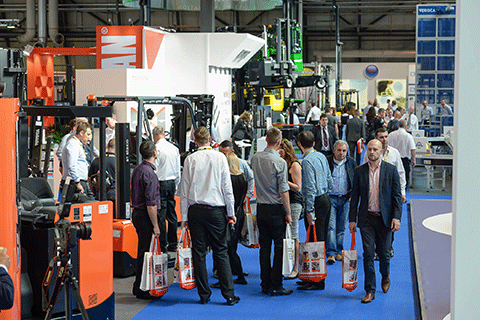
Warehouse staff shortages are fuelling interest in automation, artificial intelligence and robotics, according to warehousing industry experts.
Rob Fisher, event director of the IMHX 2019 show, said that the logistics industry can no longer rely on simply increasing the labour force to service new contracts.
“A combination of falling unemployment levels, minimum wage rises and, potentially, reduced access to migrant workers in the post-Brexit UK, has changed the cost equation. As a result, automation has stepped into the economic justification zone for more logistics operators,” he said.
Interest is also partly being driven by the shortage of land for warehousing. “Warehouse operators are looking to automated solutions – particularly high-bay crane systems – to optimise the available footprint of their building,” he added.
Simon Lloyd, partner at property agent and advisor Cushman & Wakefield, agreed that there is increasing interest in warehouses using these technologies. “We are going to see a lot more of them in the next five to 10 years,” he predicted.
Payback
This could impact on the type of buildings needed. As well as requiring height, the payback period needed means that occupiers often want very modern buildings on long leases.
“The cost of equipment can easily outweigh the costs of the property. Ideally, you want a new building to put it in,” Lloyd added.
Brian Templar, chairman of logistics consultancy Davies & Robson, said that companies need to think carefully about which technologies to install.
In some cases, the use of sophisticated IT systems can reduce the overall need for warehouse staff.
“Artificial intelligence, for example, can analyse what people are good at and use them to the best of their abilities,” he said.
If they favour automated equipment, operators will then have to decide whether they need fully automated robotic picking or, if they have to cope with a variable product range and large seasonal spikes, a simpler, more flexible solution might be the use of conveyors or automated guided vehicles (AGVs).
“Because of the long payback, if your automation doesn’t fit the bill you’ve got a problem,” Templar said.














